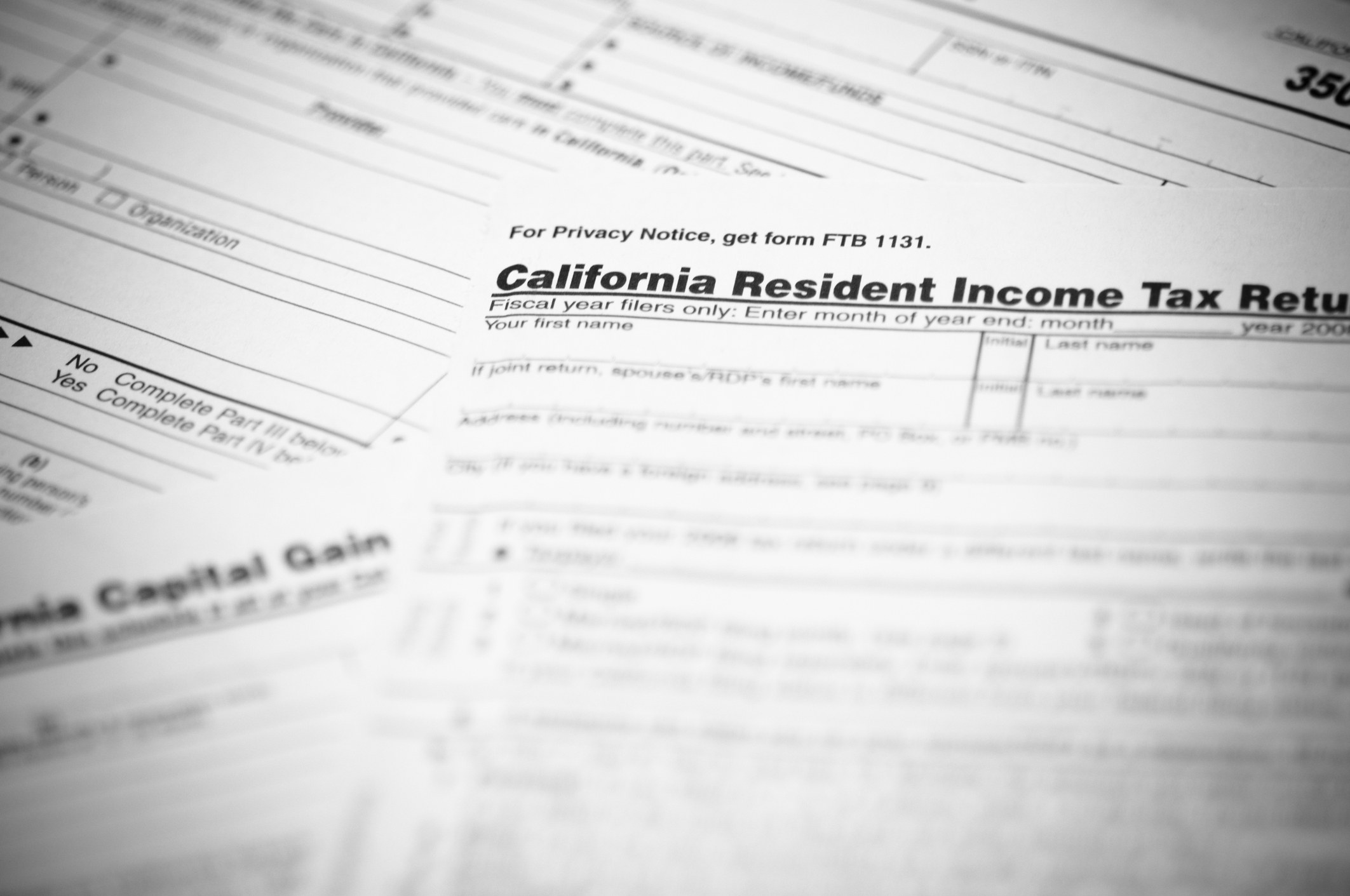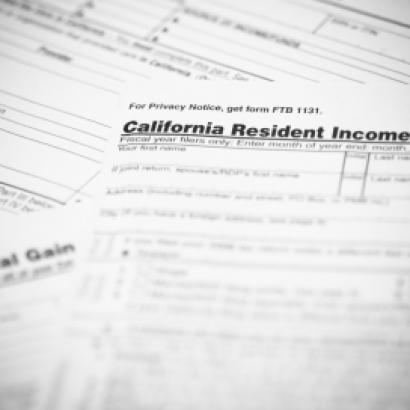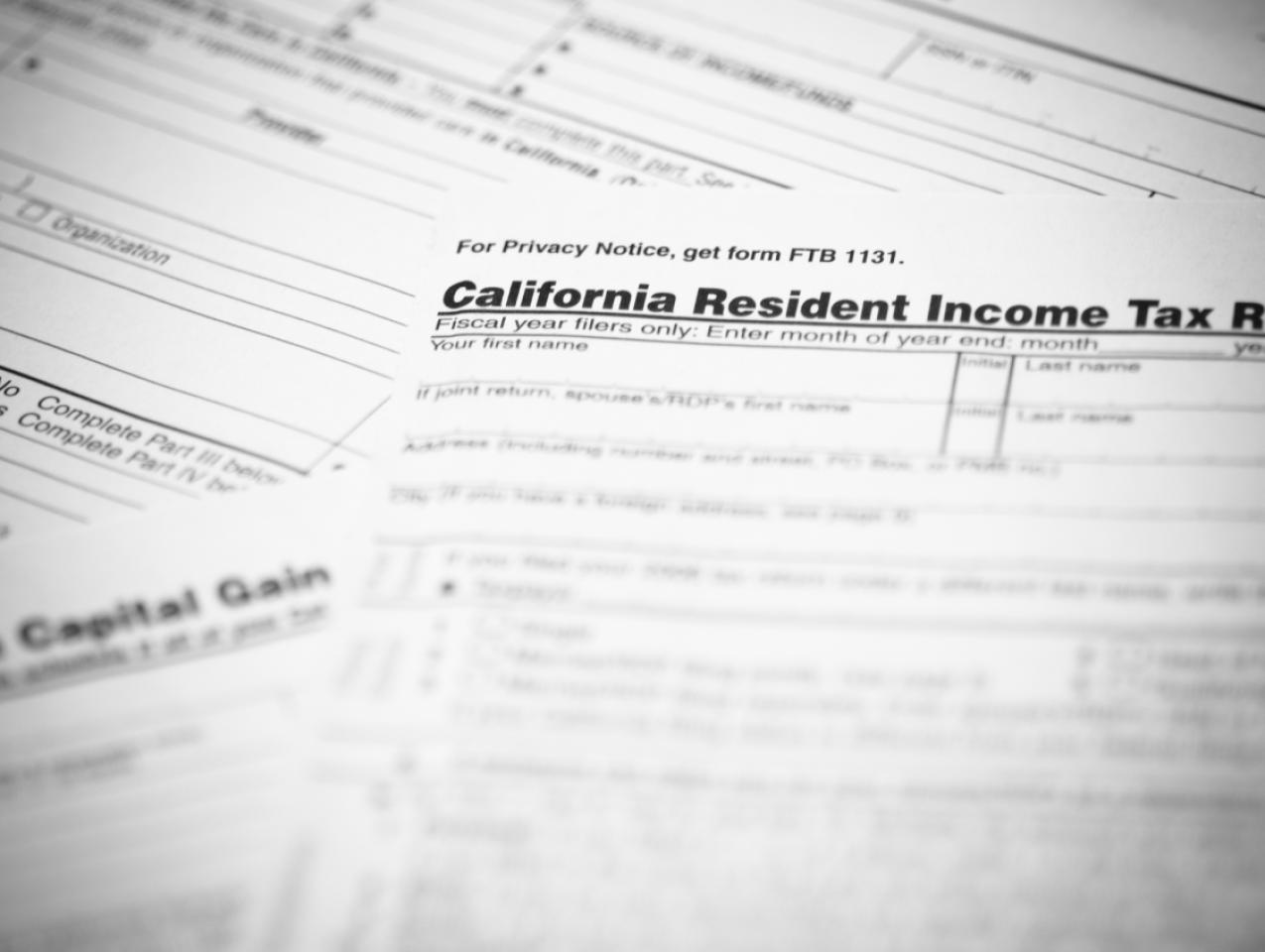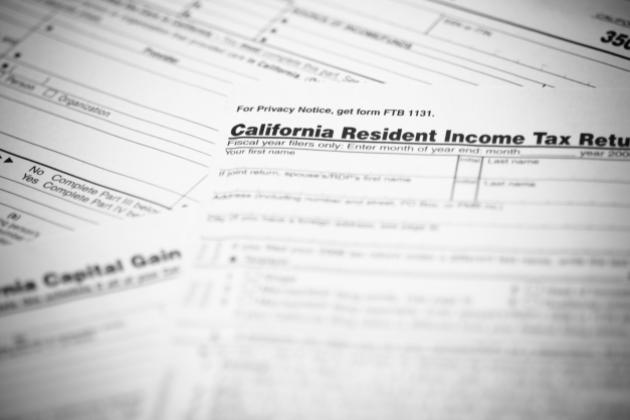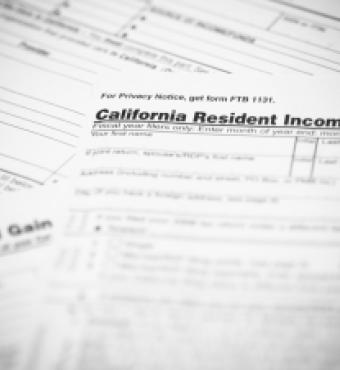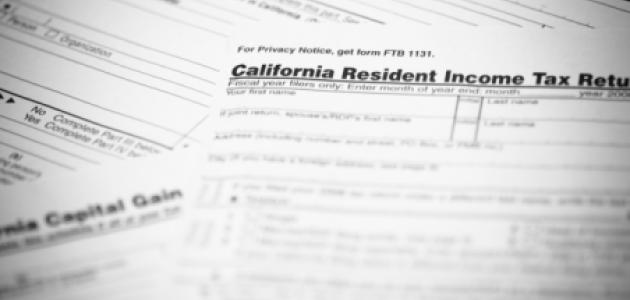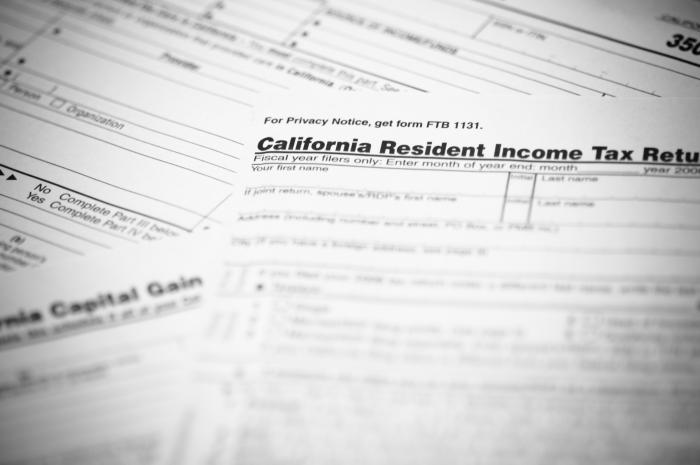Last week, the Supreme Court of California removed a voter-qualified initiative from the November ballot. The Taxpayer Protection and Government Accountability Act (TPA) would have required that tax increases be approved by a simple majority of voters while maintaining the current requirement that they also be approved by 2/3 of the state legislature. The measure also would have required a 2/3 vote to raise local taxes (changed from the current simple majority rule), and that ballot proposals involving tax increases must explicitly state that on their title.
In removing the initiative from the November ballot, the court ruled that “the changes proposed by the [initiative] are within the electorate’s prerogative to enact, but because those changes would substantially alter our basic plan of government, the proposal cannot be enacted by initiative.” The initiative had been challenged last year in an emergency petition from California governor Gavin Newsom and the state legislature. The last time the state Supreme Court removed a ballot initiative was in 1999.
The TPA has been compared to California’s Proposition 13, which was approved in 1978, and which since that time has limited property taxes to 1% of assessed value (at the time of property sale), with future increases of no more than 2% per year. Proposition 13 was placed on the ballot through the initiative process as a constitutional amendment. So why was Proposition 13 approved through the initiative process while the TPA was not?
An amendment is a focused and specific change to the state constitution, which in the case of Proposition 13, applied to the process of setting property taxes. A constitutional amendment may be placed on the ballot if a minimum of 8% of the number who voted in the previous state election sign the initiative. In contrast, the TPA was ruled by the court to be a constitutional revision, which if approved would implement more substantial and comprehensive changes to the constitution than an amendment. A revision cannot be placed before voters through the initiative process. The court’s ruling boiled down to its interpretation that the breadth of the TPA qualified it as a revision to the state constitution rather than an amendment.
This ruling raises a troublesome legal issue. Article II, Section 1 of the state constitution makes it clear that the governance of Californians is within their hands, and their hands alone: “All political power is inherent in the people. Government is instituted for their protection, security, and benefit, and they have the right to alter or reform it when the public good may require.” But implementing significant tax limitations will not come before voters, because a proposed constitutional revision can only be advanced by the state legislature. This means that legislators must agree with giving voters the opportunity to limit the legislature’s ability to raise taxes.
There is little chance of this happening, not with the current political composition of the legislature. To use the ballot initiative process, voters will need to write much more focused ballot initiatives than the TPA, though the more significantly the initiative constrains the ability of the government to raise revenues, the more likely the court would rule against it. For example, perhaps the court would not construe a hypothetical initiative requiring an increase in the state’s sales tax be approved by voters, because this probably would not be interpreted as upending “our basic form of government,” but what about a hypothetical initiative requiring the same of the state income tax?
One mistake with the TPA is that it required even small fee changes, such as library fine increases, to be approved by voters. It would have been better to specify voter approval only for changes that would have had a plausibly significant fiscal impact. The idea that voters may need to approve every fee increase played a role in the court’s decision.
The TPA may have passed had it remained on the November ballot, as Californians are increasingly frustrated with taxes. Seventy-one percent of Californians believe taxes are too high, including 61% of Democrats and 73% of independents. Voter concerns were also seen in the March primary vote on Proposition 1, a $6.4 billion bond issue for mental health treatment and homeless housing, which passed by a margin of only 50.2% to 49.8%, despite surveys showing that it would pass by a 2-to-1 margin last year.
The Tax Foundation, a nonpartisan research foundation specializing in taxation and public spending, ranks California very close to the bottom among all states in terms of tax burdens (the bottom signifying the worst burdens). They rank California 49th for income taxes, 46th for state and local taxes, and 48th for the overall state tax climate.
The Tax Foundation also reports that California has the highest tax collections per person among all states. California collects $7,200 per person per year in state tax revenue, about 65% higher than the national average of $4,374. As taxes have increased in California, so has government spending. State spending rose about 63% from 2018–19, when the state budget was around $200 billion, to 2023–24, with about $327 billion in spending.
Voters might feel differently if they were receiving higher-quality public goods and services and if state and local government spending were economical. The state’s second-biggest budget item, K–12 education, continues to fail students, with only 25–30% of students proficient at federal standards in math, reading, and science. And state worker compensation is about twice as high as private-sector compensation within the state, with the average public-sector worker earning about $143,000 in compensation in 2019 (the latest year which calculations have been made), compared to about $71,000 for the average private-sector worker in the state.
More broadly, support for the state legislature and Governor Newsom is low, with Californians surveyed indicating 44% approval for Newsom and 40% approval for the legislature. But despite this, California Democrats don’t appear to be listening to voter concerns, as they have placed their own initiatives on the November ballot to make it easier to raise taxes and make it harder to pass any initiative requiring supermajority votes. Voters will be deciding Assembly Constitutional Amendment (ACA) 1, which would lower the threshold to approve special local tax increases from two-thirds to 55 percent. Voters will also be deciding ACA 13, which would require the voter threshold to approve a ballot initiative to be the same as that specified by the initiative itself. For example, if an initiative was to require 2/3 voter approval to raise income tax rates, then the initiative would only pass if it received at least 2/3 voter support.
California has an enormous spending problem and has a supermajority state government that is out of touch with its electorate. So the question is, when will California voters choose differently?







